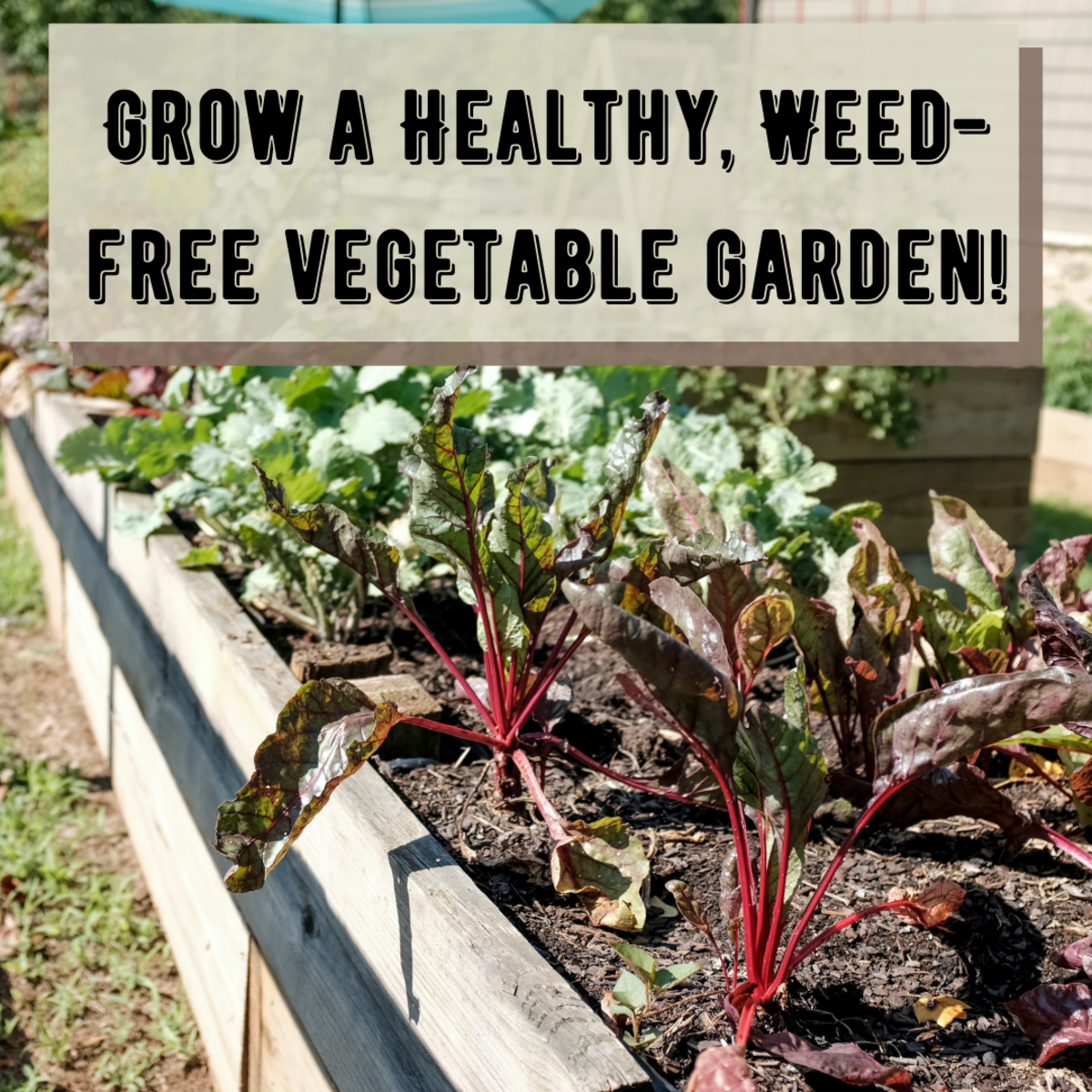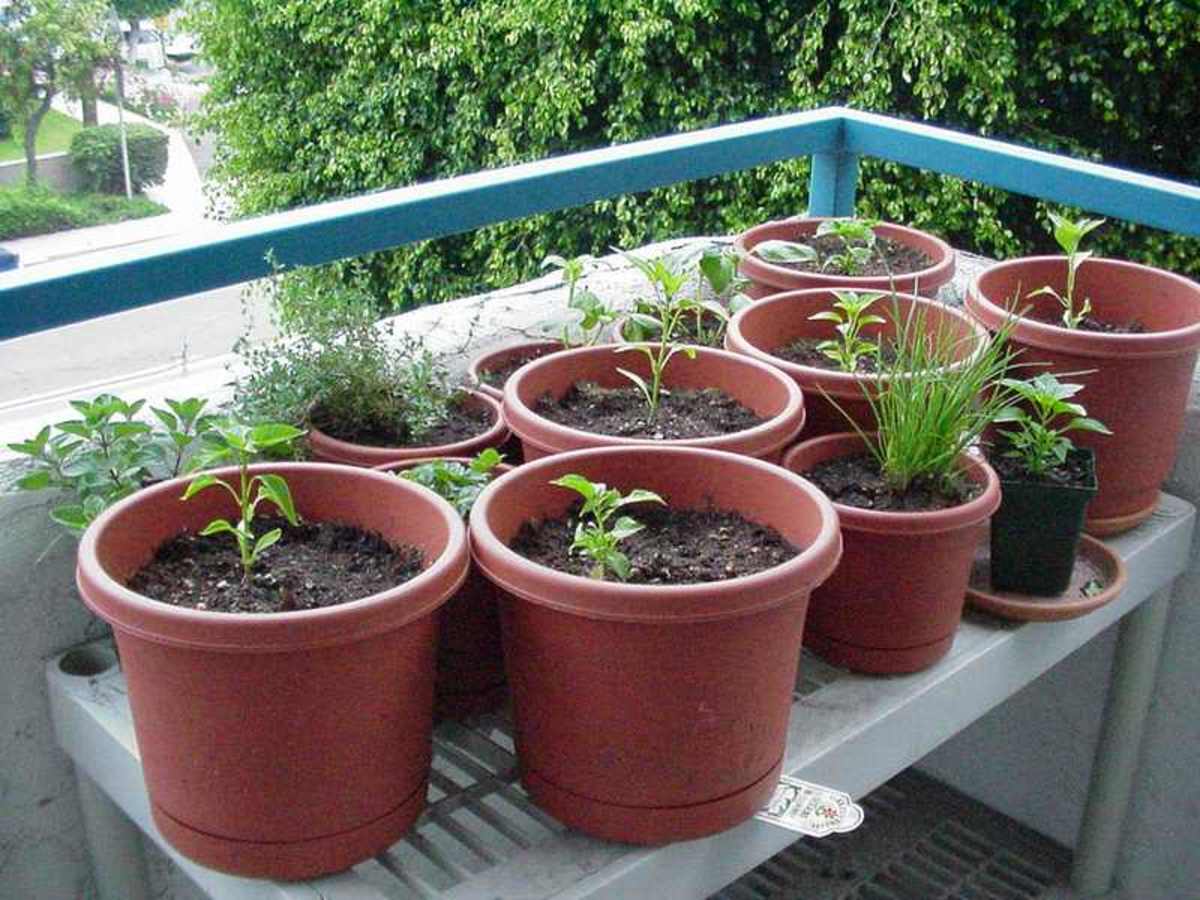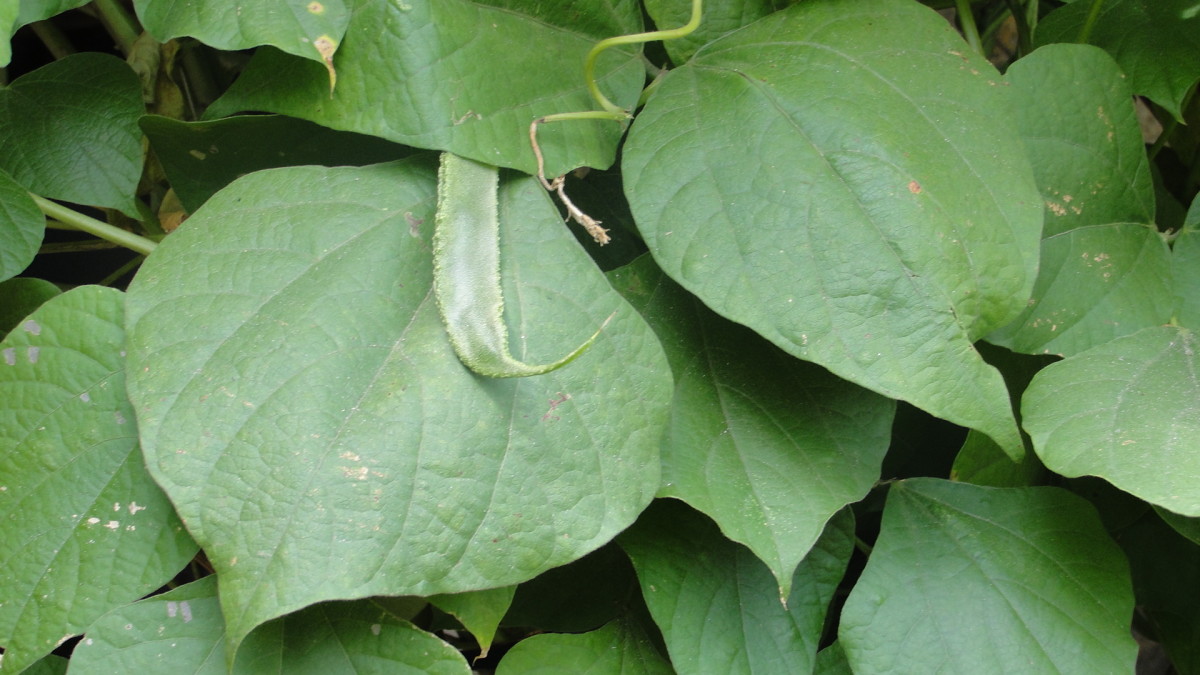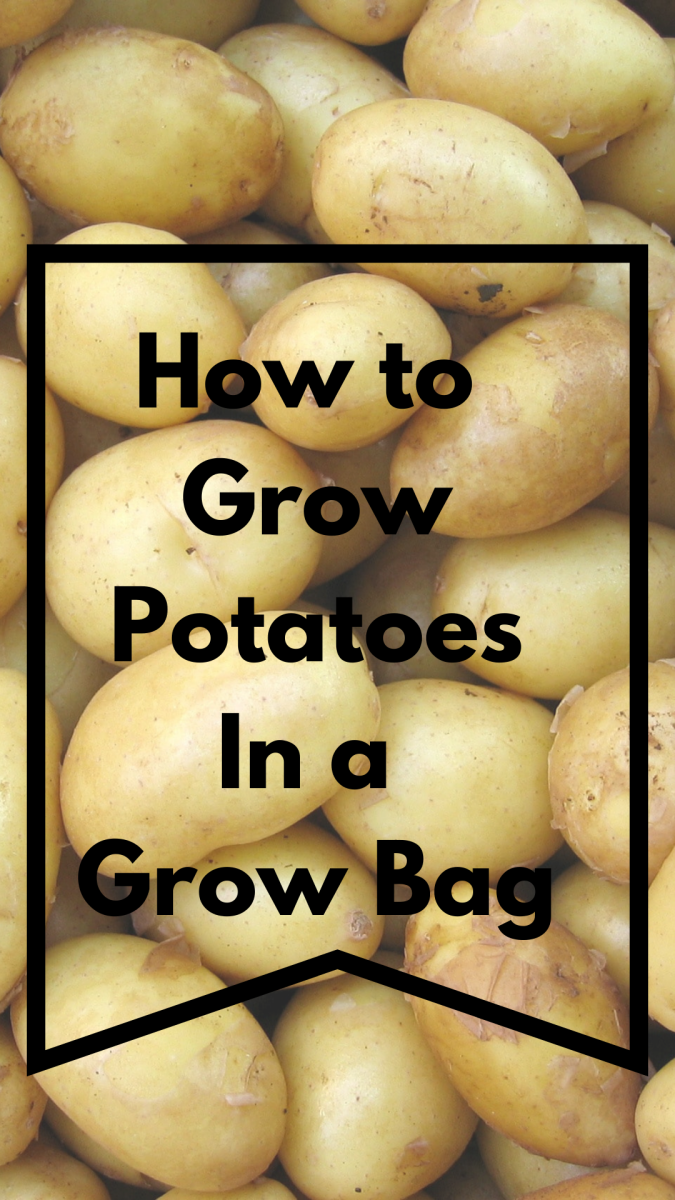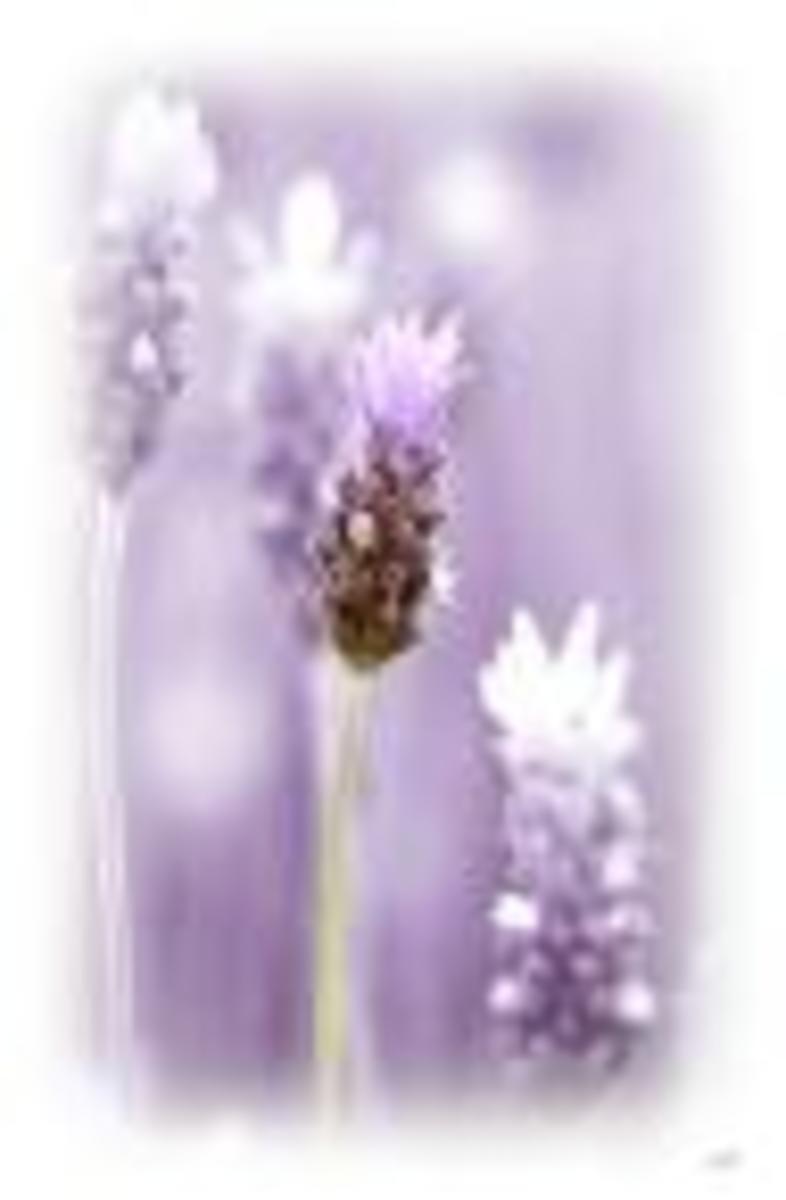Garden Watering Basics You Should Know
How much water does your garden need?
Water, passionate well-informed gardeners, we are well aware of one simple rule of thumb. The rule of thumb, our vegetable plants need one inch (2.54cm) of water every day to produce a bountiful crop of fresh fruits and veggies.
For many rare thinking gardeners like us, this well-known rule simply creates a quandary. How much water is that anyway?
To make it easier to understand let us look at it another way. Think of your garden site requiring a minimum of one US gallon (3.79 liters) of fresh water, evenly distributed, over ten square feet (0.93 square meters) in your vegetable garden, each week of the growing season.
With that said, make watering our veggies easy and less stressful for not only our tomatoes, pepper, zucchini and cucumber plants, but we gardeners as well. Let us learn watering vegetable garden basics all beginner and master gardeners should know.
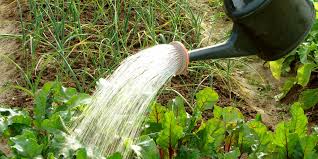
Professional rain and snow gauge
1. Reliable water source
Rainwater is best
● Rainwater is without question the best and most cost effective means of watering our gardens. However, it is not always the most reliable water source for our veggies. There is really only one way, of accurately measuring rainwater so we can easily determine, exactly how much water our garden really gets each time it rains, or we use a sprinkler or irrigation system for that matter.
We, as serious minded gardeners with our water management issues, need to invest a little time and money in setting up a useful water measuring system, or rain gauge if you rather.
The importance of using more than one rain gauge
● Rain gauge, weather you prefer to use a commercially available gauge, purchased at your local garden center, online store such as Amazon, or the simple small bowl or repurposed tin can rain gauge. All are especially useful when testing the coverage of a high-head sprinkler system, drip irrigation, misters, or soaker hose. This requires several rain gauges scattered throughout the garden to ensure even coverage across the entire garden site.
Attractive 50-gallon rain barrel
2. Watering vegetable garden frequently
● Frequently watering our vegetable gardens effects the garden soil PH, for instance, acid rain contains high levels of sulfur. Subsequently over time, high levels of sulfur in the rainwater, Leeds to higher acidity levels in our garden soil. By the way, high sulfur levels in the air are due in part to the use of burning coal in electric power plants, and other industries such as steel and aluminum production.
● City and county water departments, as you know filter our drinking water to remove harmful impurities. They also add disinfectants such as chlorine, to kill bacteria. Some cities use ozone or chloramines. growing numbers of municipalities are using reverse osmosis or activated charcoal water filters to disinfect drinking water. This filters significant numbers of beneficial minerals out of our water.
Disinfectants contain compounds including bromates, chlorites, chloramines and chlorine dioxide that are stressful to some of our favorite flower, fruit and vegetable plants. This is evident in plants that have absorbed chlorinated tap water and show signs of yellow or browned tips on their leaves. Tap water that is treated with chlorine can also negatively affect beneficial nematodes, and earthworms that help decompose humus, critical to good organic material rich garden soil.
Allowing chlorine to evaporate
● It is a good idea, to let the water we use to water container plants. Stand overnight allowing the chlorine to evaporate before watering our vegetable, fruit and flowering plants. Generally, city water ranges from 5.5 PH, which is considered as soft water, too 8.5 ph (hard water), sweet water has a PH of seven point zero which is neutral, and neither acidic, or alkaline.
How watering affects soil PH
● Check the Ph of your garden soil regularly, and make the necessary adjustments to keep your garden soil PH at say six to six point five for green leafy vegetables, tomatoes, zucchini, cucumbers, green beans, and five to five point five for blueberries, azaleas and other acid loving plants. Just remember check your garden soil PH regularly, your favorite plants requirements may vary with their particular needs, so make sure you provide your plants with all the nutrients and soil conditions they need to thrive, and reap a bountiful harvest this season.
How to make and use your own rain barrel
DIY rain barrel diverter kit
3. When to water the garden
● After a good half-inch rain, our garden will not need additional watering for two or three days.
● When a heavy rain is in the weather forecast, put off watering your flower, fruit and vegetable garden one day before it rains.
● Frequent watering is essential when either planting our favorite flower and vegetable seeds, or transplanting tender seedlings.
● Seeds that do not receive the proper amount of water, (keep seeds moist) will dry out; causing poor seed germination, or not germinate at all.
● Seedlings not kept moist will certainly wither and die.
● On hot summer days, it is best to water vegetable plans twice a day. Once in the morning before the intense heat of the mid day sunshine, and the second watering, in late afternoon and early evening, so our vegetable plants will have time to dry before the sun goes down.
Affordable easy to use Telescoping garden sprinkler
Proper watering ensure gardening success
I am sure we all now agree, as serious minded gardeners, we simply must learn, understand, and practice responsible watering practices in our vegetable and flower gardens to ensure a successful harvest.
- The best way to water the tomatoes
- How watering the vegetable garden affects garden soil PH.
- Using rainwater, we capture in our rain barrel with water conserving drip irrigation system.
- Using city and county water supply with a rotary or oscillating high head sprinkler makes a difference.
Use the information contained in this article to help guarantee your gardening success and reap a bountiful harvest.
Happy Gardening Mike
- Learn watering vegetable garden basics all beginner and master gardeners should know
I am sure you agree, as serious minded gardeners, we simply must learn watering vegetable garden basics all beginner and master gardeners should know to ensure a successful harvest. When to water our veggies, how to water the tomatoes, and how water - Learn vegetable garden fertilizing basics beginner and master gardeners should know
Which are the best fertilizers vegetable gardeners should use, I think you will agree, after reading the article learn vegetable garden fertilizing basics beginner and master gardeners should know. Using the proper fertilizers, at the right time in o - Benefits of gardening both beginner and experienced gardener reap rewards
Conversations centered on the benefits of gardening for both, the beginner gardener, and those of us, which have spent many growing seasons in our vegetable and flower gardens. I think you will agree begin... - Backyard vegetable gardeners simply, want to know which garden tiller is easy to use
Working in and around the gardens, landscape beds and plantings, backyard vegetable gardeners simply, want to know which garden tiller is easy to use. In this article, we have covered the points that should concern anyone looking to replace an old ob
The author of this publication, Mike Teddleton owns the copyright to Garden Watering Basics You Should Know. The rights to publish this article in print or online can only be granted by contacting me the author in writing. You may use the intro and link back to the article directing the reader back to my post here at HubPages where they may find the story in its entirety





